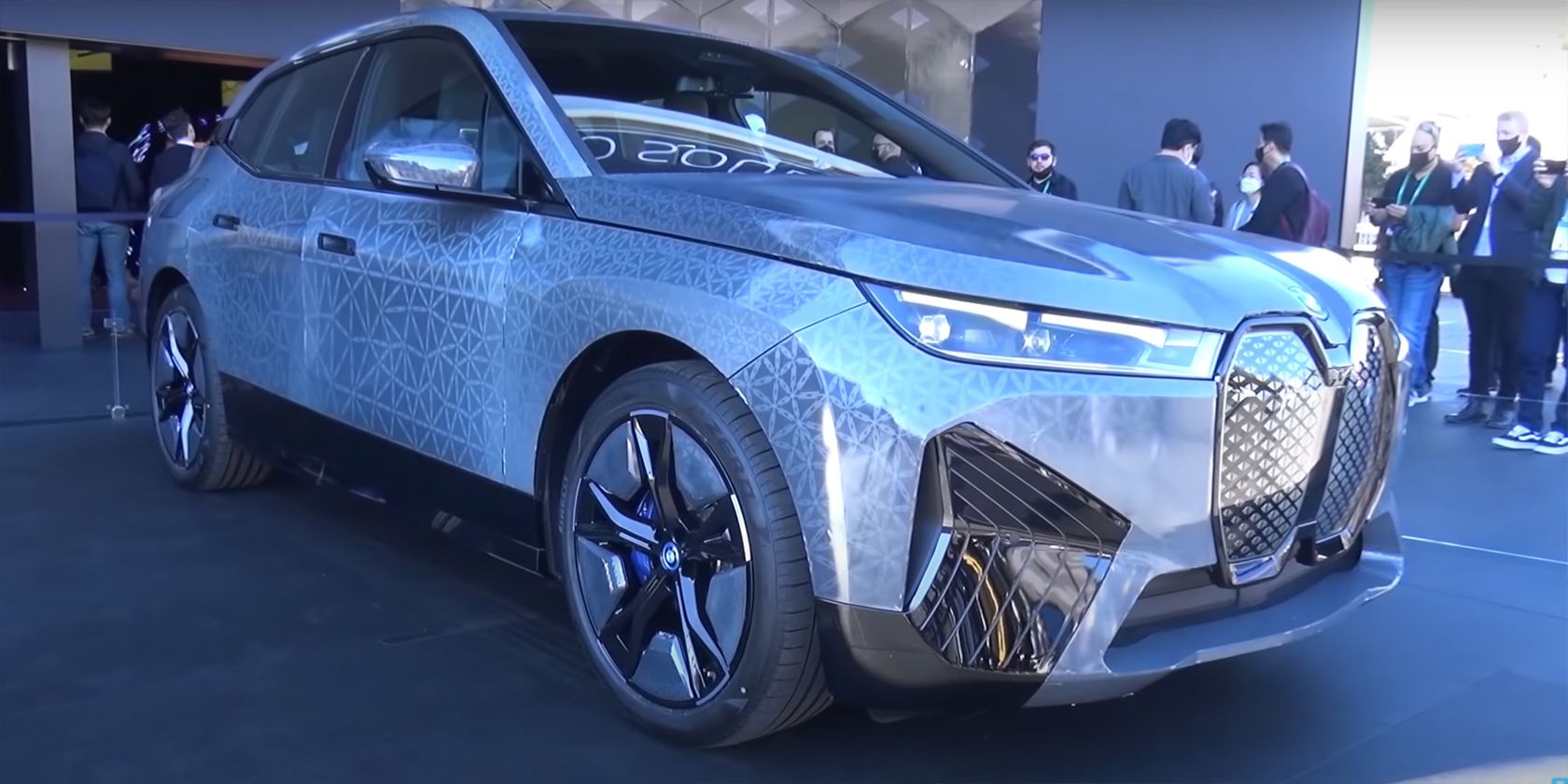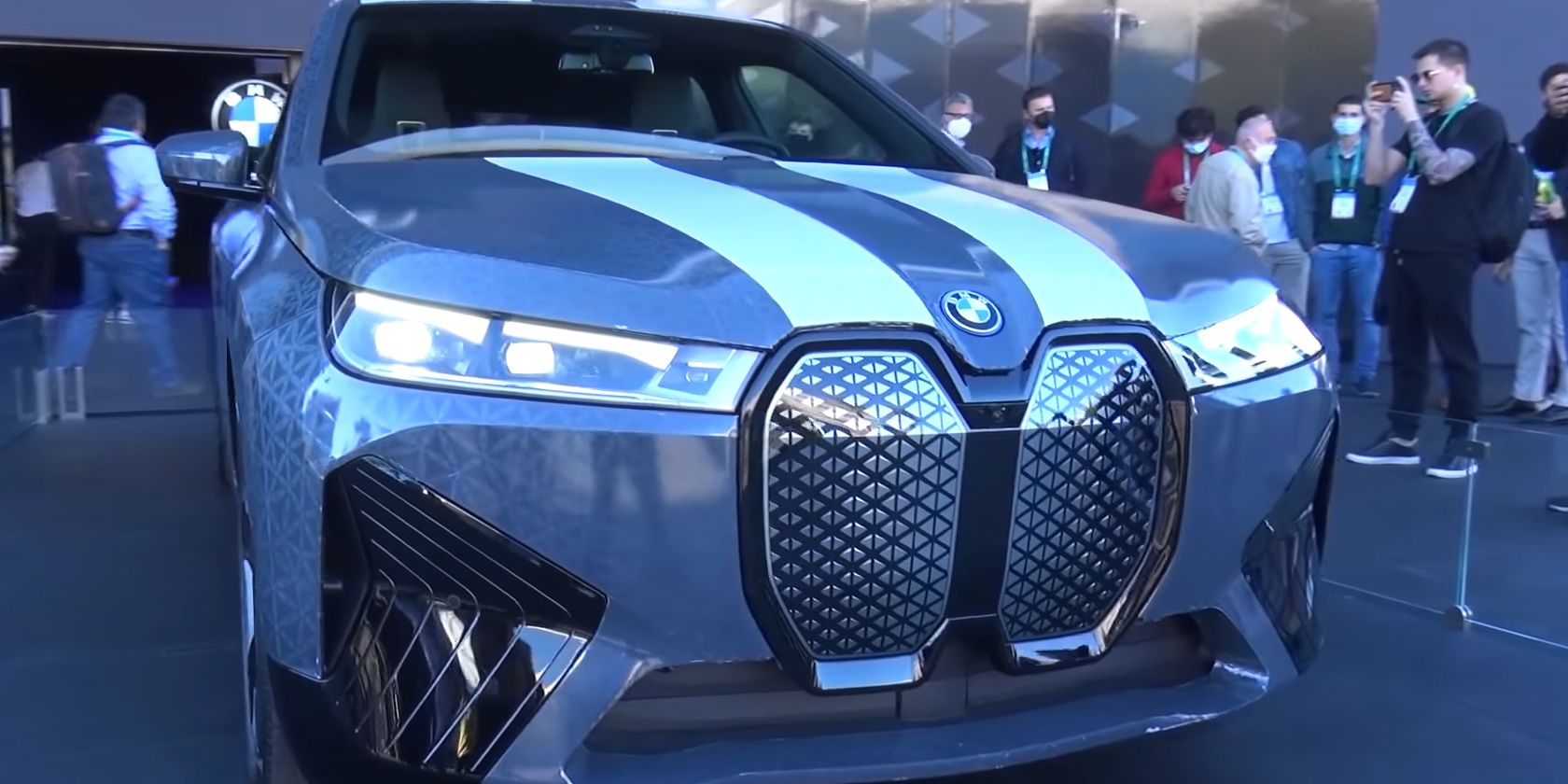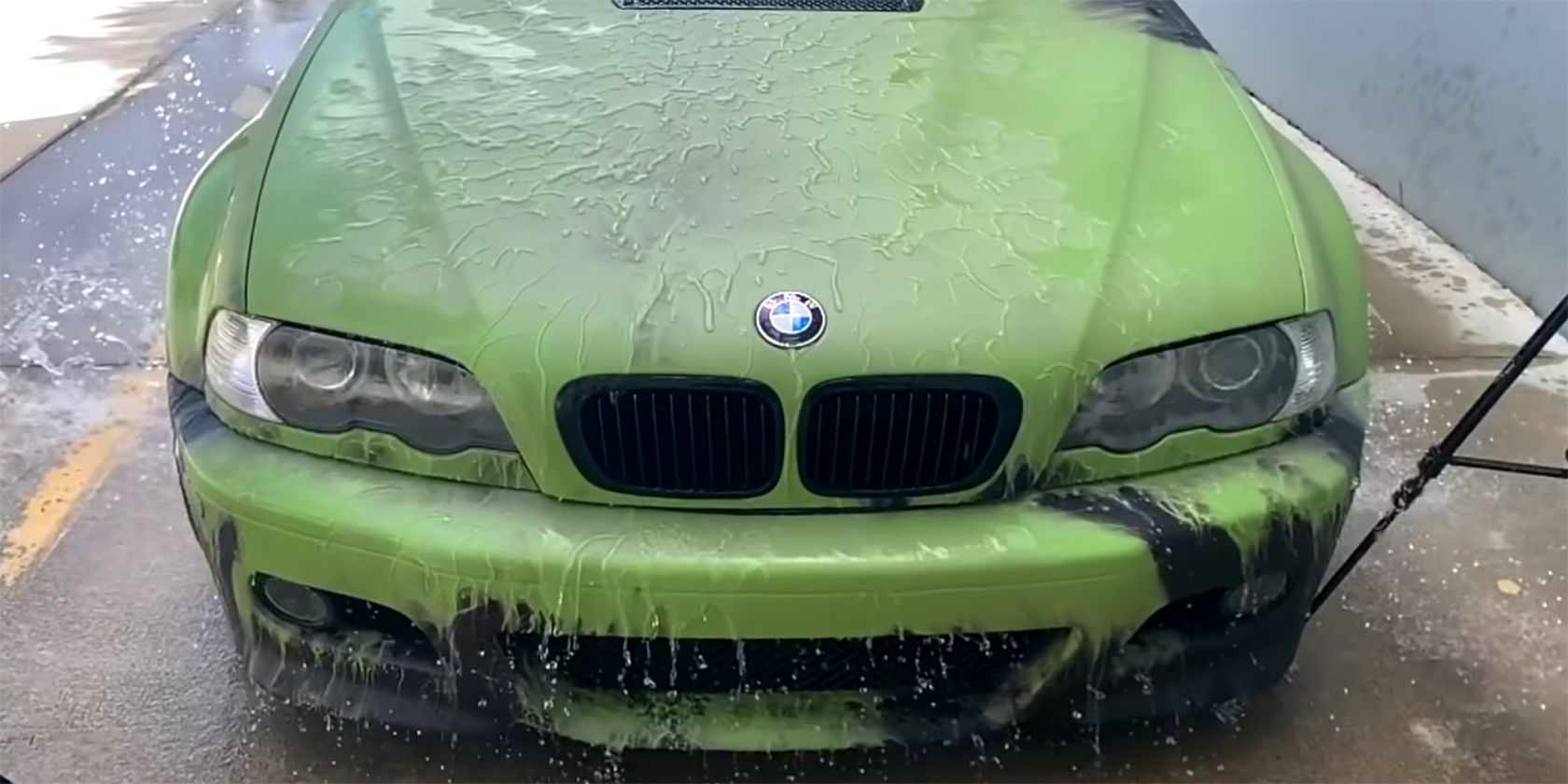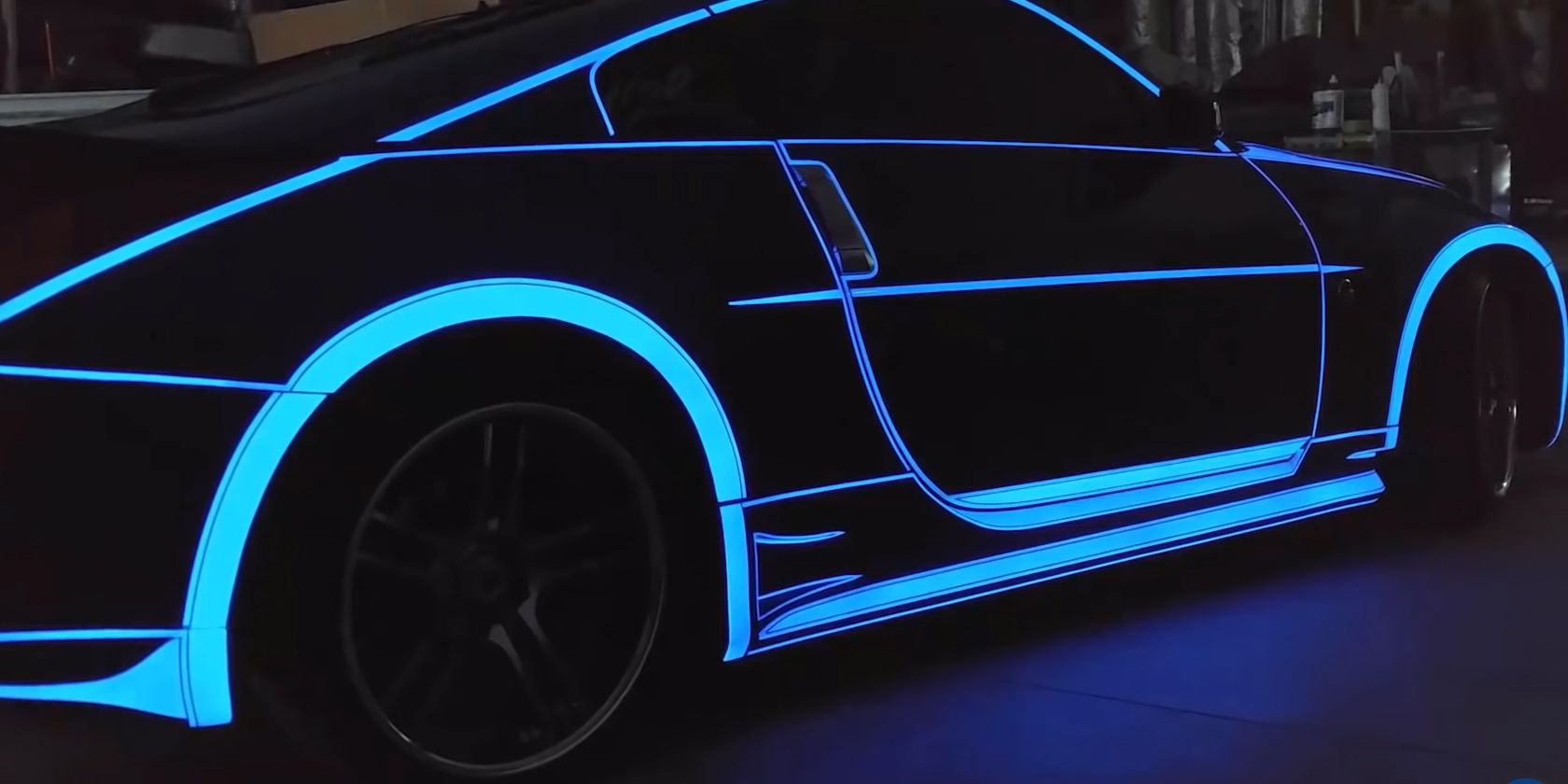Right now, the most obvious way to change your car's color is to repaint it. However, that won't be the case in the near future.
BMW debuted the iX Flow in CES 2022, a car that changes colors at your whim, and technologies such as LumiLor have been gaining popularity in recent years.
Color-changing cars aren't entirely a new thing, but BMW's new technology has increased the momentum of this feature. Until CES 2022, most people didn't even know they needed a color-changing car. There are different technologies used in color-changing cars. Read on to find out the most popular ones and how they work.
What Are Color-Changing Cars?
At CES 2022, BMW revealed the BMW iX Flow, a car that can change color on your whim. This car can change colors, add stripes and patterns, or flash with various animations at your control. Though this is the first factory car that changes the color of your car's body under your command, color-changing cars have been around for quite some time.
There are various coats that you can apply to your car to get a color-changing effect. Thermochromic paint allows you to apply any design you want to your car and have it reveal at specific temperatures. LumiLor paint will have your car glow at night, with the help of an electrical charge
Though the BMW iX Flow is the first to have controlled built-in color-changing attributes, the technology behind it actually goes back to the late 90s. The iX Flow uses the same technology as e-readers such as Amazon Kindle. This marvelous technology is called E-ink.
Color-changing body panels can have many uses, be they aesthetic or functional. Though no color-changing cars are currently mass-produced in the auto industry, their prospect and potential uses are exciting, if not promising.
What Use Are Color-Changing Cars?
Of course, the first perk a color-changing car offers is personalization. The sole fact that your car can change color and isn't limited to a single shade makes it stand out. Not to mention that with technologies such as E-Ink or LumiLor you can have your car change color with the press of a key.
Color-changing cars can also use this ability to convey information. For instance, with E-Ink, you can set your car to change color based on how much fuel it has. Thermal paint can also give you a good idea of how hot the car is and thus the environment based on the color.
E-Ink and LumiLor can also be used with a remote to flash the entire car's body by changing colors so that you quickly find it in a parking lot.
Color-changing body panels have a high potential for functional uses as well. These cars can change color based on temperature, turning to a darker color in the cold and a lighter color in hot weather so that they can absorb or repel the heat coming from the sun more efficiently.
LumiLor paint can offer a major advantage in safety, as your car will be more visible at night, and this can reduce the chances of a car crash.
How Do Color-Changing Car Panels Work?
There are various technologies that can create a color-changing effect on cars. Many of these rely on the environmental factors, such as heat and light, but some can change colors regardless of the environment. Here we take a brief look at three of the most common types of this yet uncommon feature.
E-Ink
Developed and introduced by MIT undergrads in 1997, E-Ink is the technology behind most e-paper devices such as e-readers. An E-Ink display contains millions of microcapsules filled with colored particles that carry electrical charges.
These microcapsules are placed in a liquid matrix so that they can move freely. A negative charge on one side, and a positive charge on the other, will have these microcapsules move to the side that holds the opposite charge. For example, if the color black has a positive charge, and the color white has a negative charge, whenever the front of the display is positive in charge, the white pigments will surface to the front, and vice versa.
This allows E-Ink to summon different colors simply by changing the electrical charge of that point. When this is done to a greater surface in a complex arrangement, E-Ink can turn every point on the display white, except the places where the text is supposed to be. Thus, you get black text on a white surface.
In 2022, E-Ink joined forces with the German automaker BMW to create the BMW iX Flow, a color-changing car. You can change the car's color or specific parts of it instantly through the car's interface. For instance, you can set it to constantly cycle through different patterns or to have racing stripes.
Thermochromic Paint
You have probably seen this one in magic mugs. This same technology can be used in cars to give them a thermochromic effect. Cars with these paints change color with temperature change. For instance, the car is plain black in cold weather but turns white in hot weather.
Thermochromic paint is made of pigments called leuco dye. These molecules have two forms: colorless or colored. Leuco dyes can reversibly switch form under various factors such as UV light, pH, and heat. The heat sensitive leuco dyes are used in thermochromic paints.
For example, a leuco dye can be colorless at room temperature and switch to its other form, black, in higher temperatures. If you paint a white surface with this dye, the surface will remain white at room temperature. If you spill a bit of hot water on it, the spots that increase in temperature will turn black, returning to white when they cool.
No car manufacturer offers thermochromic paint as a factory option, but enthusiasts can use these paints in a custom paint job.
LumiLor
LumiLor is a patented technology that emits color when under electric power. LumiColor is different from glow-in-the-dark paint, as it doesn't need UV or external light sources to light up.
LumiLor is, in fact, a sandwich with multiple layers. These layers include the backplane, the LumiColor, the conductive top coat, and the clear topcoat.
The backplane and the conductive top coat are the two layers that carry electricity. The electricity makes the LumiColor layer light up, and finally, the clear coat protects the LumiColor system from harm while also encapsulating the system's electricity.
With LumiLor on your car, your can have your car look factory stock and then suddenly light it up to emit a luminescent-like light at night.
Cars Don't Have to Stick to One Color Anymore
Color-changing cars have been around for some time as an aftermarket feature, using thermochromic paints or newer technologies like LumiLor.
The BMW iX Flow is the first factory car to have a color-changing body panel. This car uses E-Ink to change colors at different points of the panel with electricity.
With these technologies available, you don't need to repaint your car entirely whenever you're looking for a bit of variety. Instead, all you need to do is to touch a button, and the car will change color.




